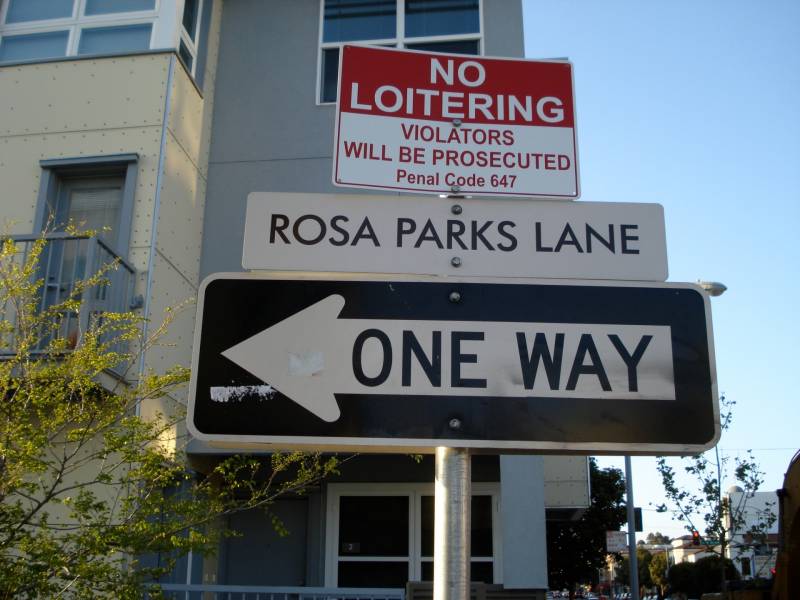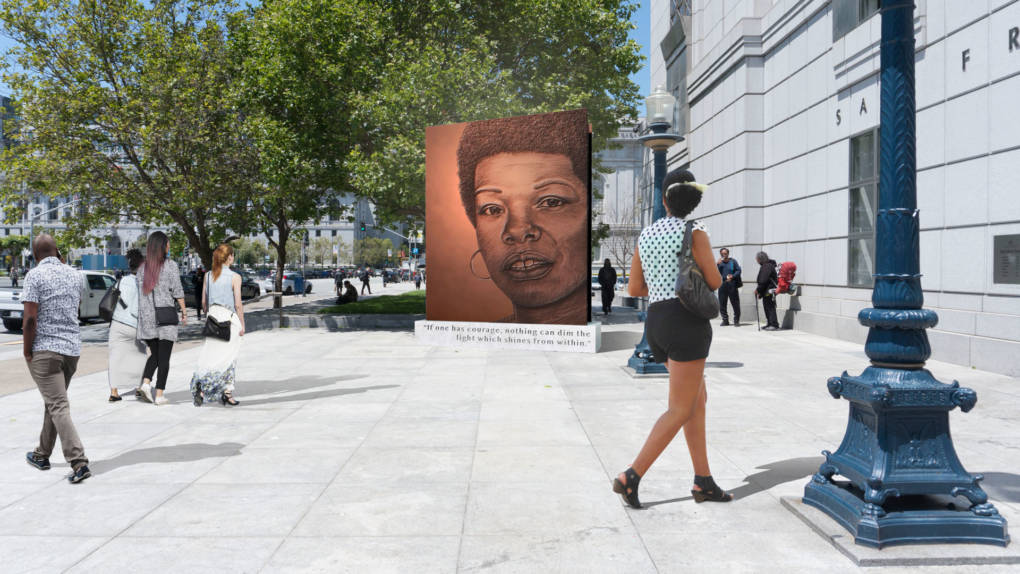Out of all of San Francisco's parks, buildings, streets and art named after people, just 13 percent are women, according to a report published by the Department on the Status of Women last month.
It's the first time the city has completed a comprehensive analysis of who public spaces are named after and their gender, according to the report's authors, and may lead to increased pressure for lawmakers to reconsider who is named on city property.
"This is not a good ratio," said the department's Public Policy Fellow Micaela Leonarte, who led the research for the study. "[It's] a huge disparity."
Diving Into the Numbers
City streets named after people represent the largest gender gap in the report.
- Out of 596 streets, only seven percent are named after women. (Leonarte noted that a large majority of women-named streets are clustered in the Bayview-Hunters Point and Lake Merced neighborhoods.)

- Next is public art, where out of 68 monuments or memorials, only nine percent are female.
- Buildings fared slightly better; out of 106 buildings, 14 percent represent women.
- Parks, which include gardens, playgrounds, golf courses and other spaces, had the highest representation of women. Out of 128 spots, 22 percent are named after women.
Department on the Status of Women Director Emily Murase said that the results of the study are neither good or bad. "I think this report was really bench marking, saying, 'Here are the facts,'" she said. "It's an artifact of old thinking."
Established in 1975, the Department on the Status of Women "promotes equitable treatment and fosters the advancement of women and girls throughout San Francisco through policies, legislation, and programs," according to their website. The department's 2018-19 budget was close to $10 million.
"I wasn't too surprised [with the results]," said Breanna Zwart, who serves as the president of the Department on the Status of Women's commission. "When you look at public spaces, who do we choose to exalt? And who do we not? This report takes a hard look at trying to correct that."
Increasing Representation
The findings of the report are the result of Ordinance 243-18, a piece of legislation passed in Oct. 2018 that required the study and ultimately seeks to increase women's representation in San Francisco's public spaces to 30 percent total.
The ordinance cites research that suggests once the 30 percent number is reached, "voices of the minority group become heard in their own right, rather than simply representing the minority."
Both Leonarte and Murase said they hope that this new report serves as a guide for San Francisco's city supervisors to either create new spaces named after women, or rename existing ones.

